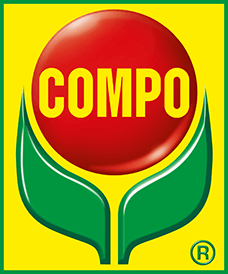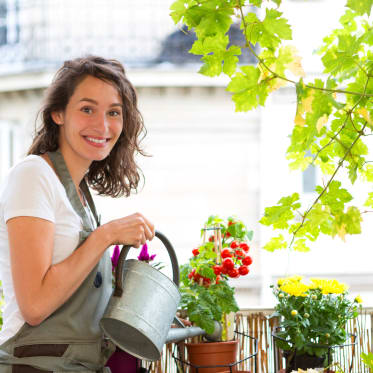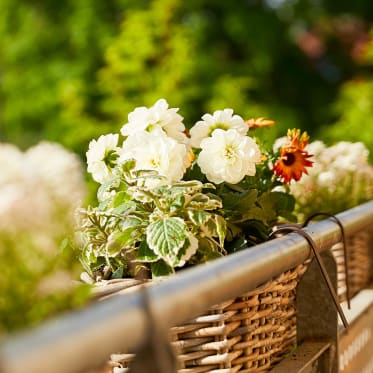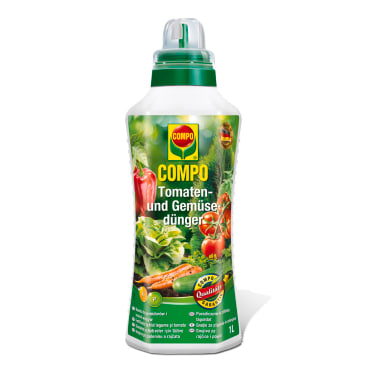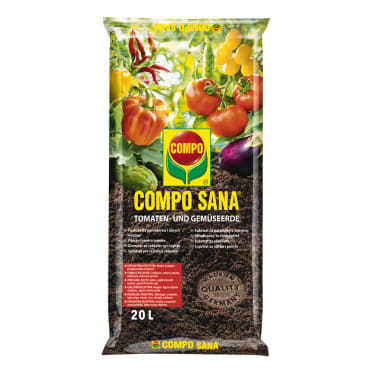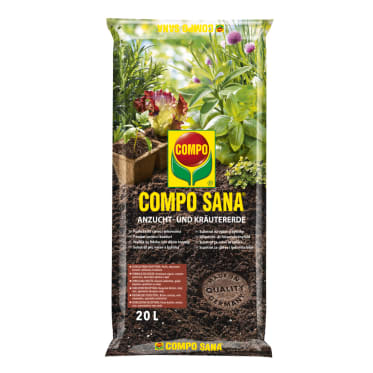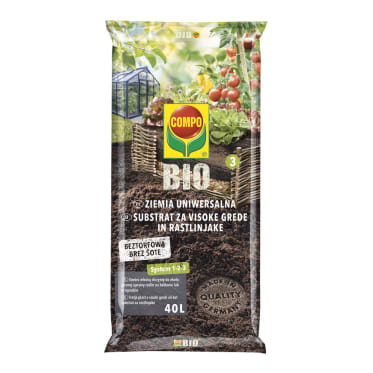Frequent search terms

- COMPO
- Guide
- Plant Care
- Herbs, fruits and vegetables
- What to keep in mind when growing vegetables
Home-grown vegetables
What to keep in mind when growing vegetables
Vegetables fresh from the garden are rich in vitamins and simply delicious. But how do I create a kitchen garden and which vegetables are suitable for it? As with many things, careful planning is key. As a first step, you should think about the size of your kitchen garden and how the patches will be divided. If the layout is fixed, it is important to consider which varieties you would like to grow in future and how much space is needed for them. When choosing your vegetables, the plant, vegetation and ripening behaviour are key considerations. The following tricks help make the transition to growing your own vegetables easier. The best part? You will be rewarded with a rich harvest.
Each at its own pace
Consider the plant growth
Generally speaking, a distinction is made between the main slow-growing crops, which should be planted first, and early or late crops with much shorter growth times. Main crops include tomatoes, potatoes, carrots, cucumbers and onions. Spinach, lettuce and radishes are suitable early crops, while lamb's lettuce, cauliflower, kohlrabi and curly kale are good late crops.
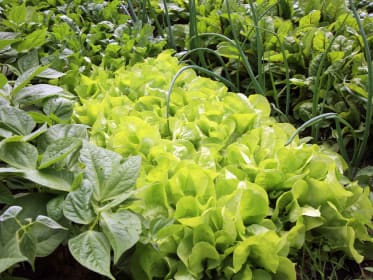
Here's to good neighbourliness!
These vegetable varieties get along very well
Birds of a feather flock together. But this doesn't necessarily apply to plants. The soil nutrients are used much better when plants with different nutrient requirements are mixed. Make sure to sow plants with medium nutrient requirements and those with low or high nutrient requirements together.
Plants with a low nutrient uptake: Dwarf French beans, lettuce, lamb's lettuce, radish, spinach, onion
Plants with a medium nutrient uptake: Endive, kohlrabi, leek, chard, carrot, pepper, climbing French bean
Plants with a high nutrient uptake: All large cabbage varieties, pumpkin, rhubarb, cucumber, potato, tomato, courgette
These plants get along well
| Compatible varieties |
|---|
Tomatoes and cucumbers |
Tomatoes and peas |
Lettuce, beans, cabbage and carrots |
Carrots, onions and leek |
Tomatoes and leeks |
These plants need plenty of space
| Separated varieties |
|---|
Beans, peas and onions |
Cucumbers, cabbage, beans and lettuce |
Tomatoes, peas, cabbage and spinach |
Cabbage and onions |
Tomatoes and potatoes |
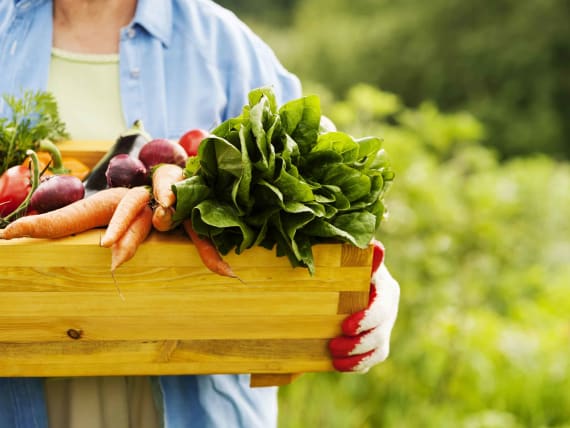
Proper care ensures an abundant harvest
Once your vegetable garden is set up, you will soon be able to harvest the first fruits if you provide proper care. Most vegetable varieties need nothing more than consistent soil moisture, a well-aerated soil and a balanced supply of nutrients to grow healthy and strong. Hoeing, watering and fertilising make up the bulk of regular care. The latter in particular is very important for the healthy development of plants. As growing vegetables draw a lot of nutrients out of the soil, you should provide your plants with a balanced supply of nutrients using fertilisers tailored to the needs of your crops.
You might also be interested in these topics
These products are suitable for your vegetable garden
